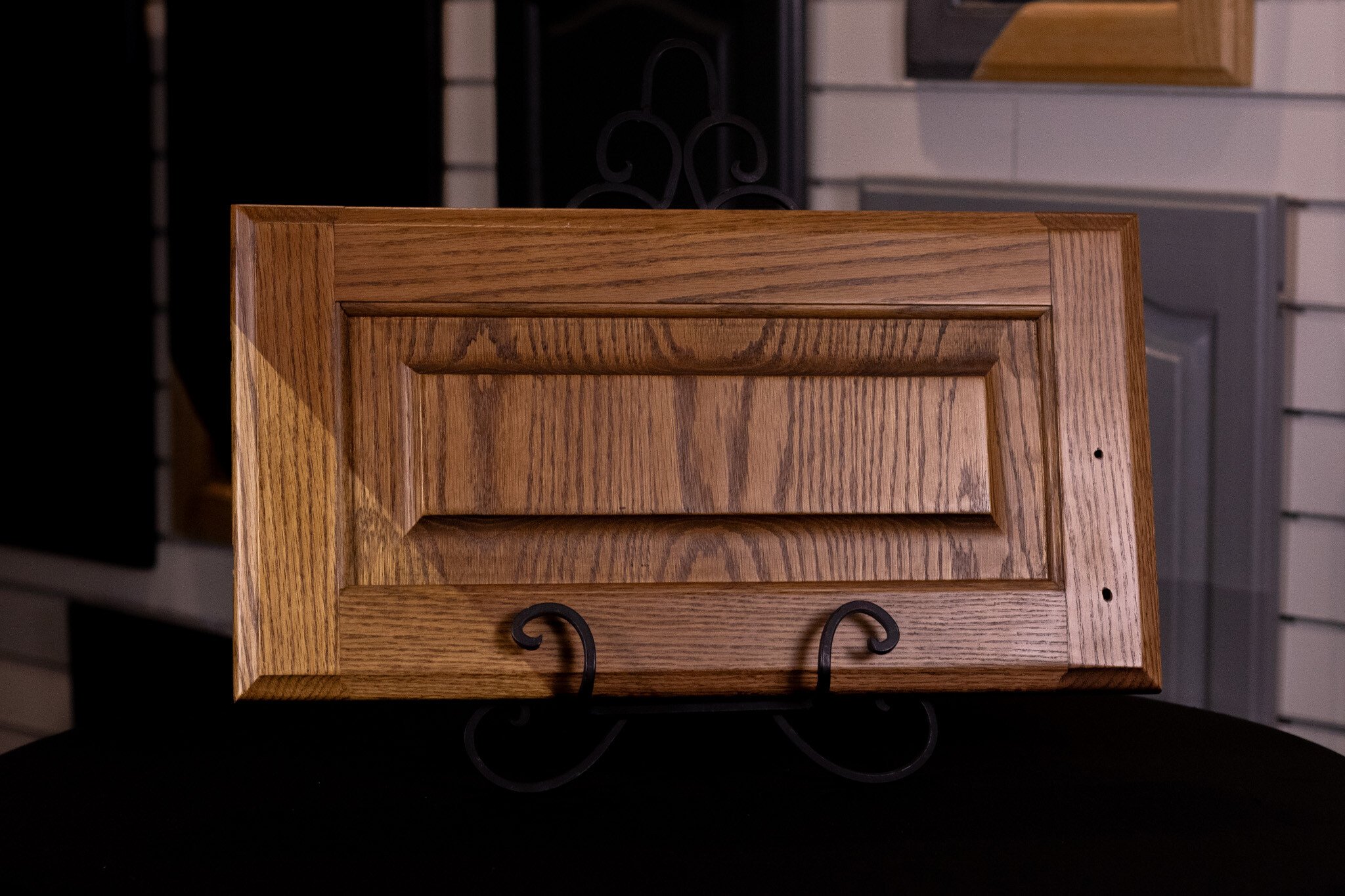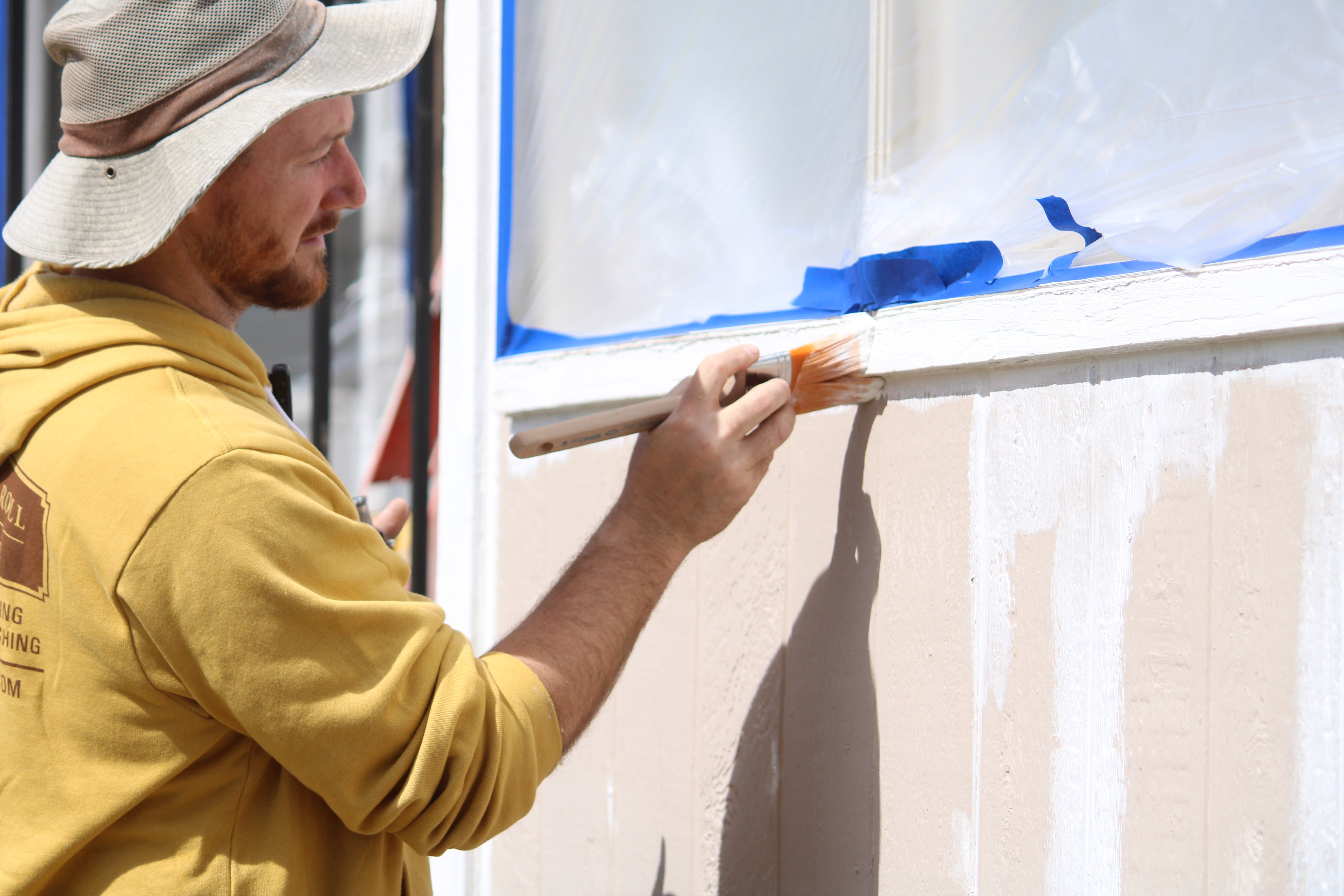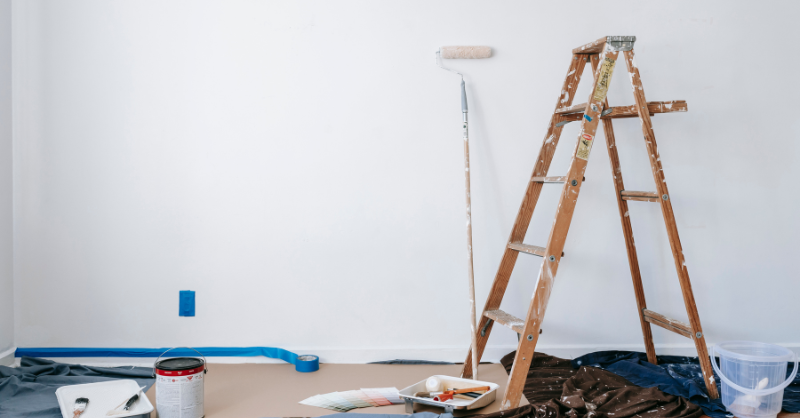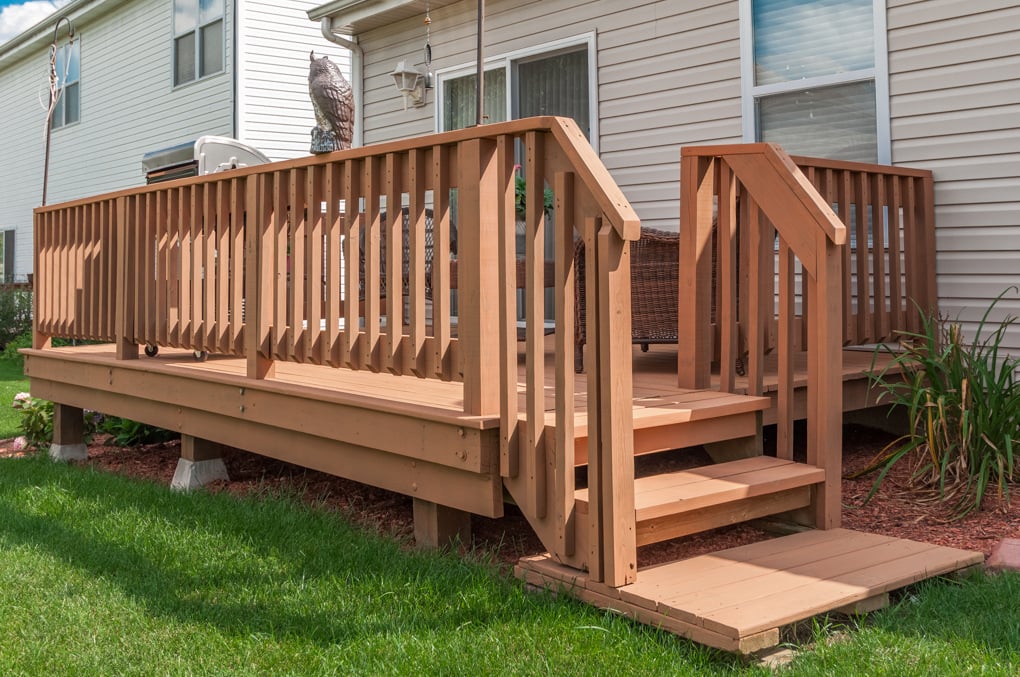Can You Put Too Much Stain on a Deck?
October 6th, 2025
5 min read
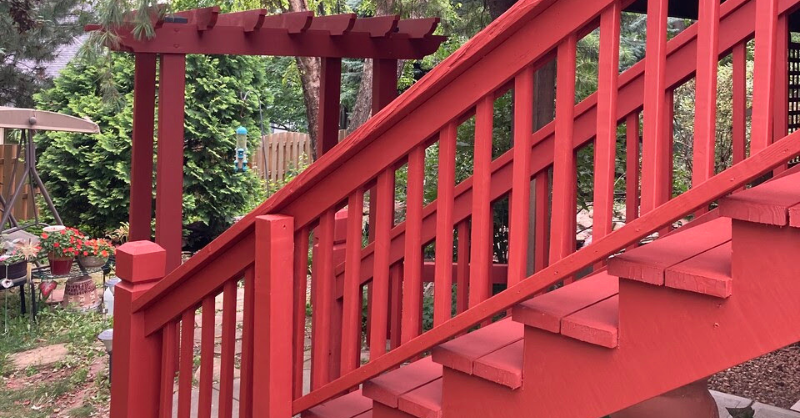
You might have seen it before: a deck that was recently stained, but instead of looking fresh and rich in color, the surface looks sticky, shiny in odd patches, or even peels up in spots after the first rain. Whether you hire a painter or do the project yourself, you are putting time and money into staining your deck. The last thing you want is to feel frustrated when the results don’t last. One of the common causes of these issues is applying deck stain too heavily.
At Brush & Roll Painting, we’ve been serving Omaha homeowners since 1996. Over the years, we’ve stained countless decks across our community, working with everything from newer builds in West Omaha to older wood decks in Midtown and surrounding neighborhoods. We’ve seen what happens when the stain is applied correctly, and we’ve also seen the headaches caused when it goes on too thick. Because Omaha weather puts wood through cycles of hot sun, snow, and moisture, applying stain properly is critical if you want it to last.
In this article, you’ll learn exactly what happens when a deck stain is applied too thickly, what “mil thickness” means, and how to spot when the stain is sitting on top of the wood instead of soaking in. We’ll also explain why back brushing is essential and give you practical steps to make sure your deck looks great and stays protected for years to come. By the end, you’ll feel confident in spotting a proper deck staining job and know what to ask when hiring a professional.
What Happens When Deck Stain Is Applied Too Thickly?
Deck stain is meant to soak into the wood fibers, not sit on top like paint. When it’s applied too heavily, several problems can show up:
- Peeling or flaking: Because the stain hasn’t bonded with the wood, it tends to lift up in sheets or patches.
- Sticky or tacky finish: If the stain can’t dry fully, it leaves behind areas that feel gummy under your feet.
- Uneven sheen: You might notice shiny patches in some areas and dull areas in others, making the deck look blotchy.
- Shorter lifespan: A thick coat often fails sooner than a properly applied thin coat, meaning you’ll need to redo the project much sooner than expected.
Imagine your deck boards like a sponge. If you pour just enough water, it soaks in evenly. But if you dump a full bucket, the sponge can’t hold it all, and the excess just sits on top. Deck wood works the same way with stain.

Understanding Mil Thickness in Deck Stain
One term you might hear professionals mention is mil thickness. A “mil” is a measurement equal to one-thousandth of an inch. It’s commonly used in painting and staining to describe the thickness of a coating.
For deck stain, the goal is not to build up a measurable film like paint but to allow the product to penetrate the wood. When the stain is too thick, it forms a layer on top, almost like a thin coat of paint. That defeats the purpose of using stain in the first place, since stain is designed to let the wood breathe and highlight its natural grain.
Most manufacturers recommend a specific mil thickness for their products. For example, a penetrating oil-based stain might only require about 1 to 2 mils, while a solid-color stain that acts more like paint could be slightly higher. When that thickness is exceeded, the performance suffers.
-Jul-23-2025-02-21-33-5468-PM.png?width=609&height=318&name=Blog%20Post%20Image%20Size%20(2)-Jul-23-2025-02-21-33-5468-PM.png)
How to Tell If Deck Stain Was Applied Too Thickly
Homeowners often ask, “How do I know if my deck has too much stain on it?” Here are some clear signs:
- Glossy or shiny areas
Stains should dry with a natural matte finish. If you see glossy patches, that means the stain didn’t soak in and is sitting on the surface. - Sticky feel after days of drying
A properly applied deck stain should be dry to the touch within 24 to 48 hours. If it still feels tacky after several days, it’s a sign of overapplication. - Pooling in cracks or gaps
When stain puddles between deck boards, it’s a red flag that too much product was applied. - Peeling within the first year
A well-applied deck stain should last at least a couple of years before needing touch-ups. If peeling happens almost immediately, that’s usually due to excess thickness. - Water beading excessively
While water resistance is good, if you see extreme beading only in certain spots, it often points to uneven, heavy application.
If you notice these issues, your deck may need correction, which sometimes involves stripping or sanding to remove the excess before reapplying.
Why Back Brushing Is So Important for Wood Staining
One of the most overlooked steps in deck staining is back brushing. This technique ensures that the stain penetrates into the wood instead of just sitting on top.
Here’s how it works:
- After the stain is applied with a sprayer or roller, a brush is used to work the product into the wood grain.
- Back brushing evens out the coating, eliminates puddles, and prevents uneven drying.
- It also helps achieve the right mil thickness by spreading excess product over a wider area.
Think of it like brushing conditioner into your hair. If you just plop it on and leave it, some spots will have too much while others won’t absorb any. By working it through, everything gets even coverage. Back brushing does the same for stain and wood.
The Role of Omaha’s Climate in Deck Staining
Living in Omaha means your deck sees it all: hot summer sun, freezing winters, rainstorms, and high humidity. These conditions make proper application even more important.
- Heat can cause the stain to dry too quickly on the surface, leaving behind shiny patches.
Cold or damp weather slows drying, increasing the risk of sticky or blotchy areas if the stain is applied too thickly. - Snow and ice put stress on the wood, so stain that isn’t bonded properly will peel faster.
This is why applying thin, even coats and back brushing matter so much. A deck that’s stained correctly will handle Omaha’s weather better and stay looking good longer.
-Apr-25-2025-01-50-55-6617-PM.png?width=691&height=361&name=Blog%20Post%20Image%20Size%20(1)-Apr-25-2025-01-50-55-6617-PM.png)
Tips for Homeowners to Avoid Thick Stain Application
Even if you plan to hire a professional, it helps to know what to look for and what questions to ask. Here are some practical tips:
- Ask about the process: A reputable painter should mention back brushing and following the manufacturer's guidelines for application.
- Check for puddles: Walk around your deck during the project. If you see stain pooling, that’s a problem.
- Expect 2 thin coats, not one heavy coat: Applying more product doesn’t equal more protection. In fact, it often does the opposite.
- Follow drying times: Don’t walk on the deck or place furniture back until the recommended drying period is over.
- Know your wood type: Different woods absorb stain differently. For example, cedar is more porous than pressure-treated pine, so it may require different handling.
What To Do If the Stain Has Already Been Applied Too Thickly
Sometimes, homeowners discover the problem after the fact. If your deck already has too much stain, here are options:
- Light sanding
If only a few areas are shiny or sticky, light sanding can remove the excess and even out the finish. - Stripping
For widespread issues, the deck may need to be stripped with a chemical remover. This is more labor-intensive but restores the wood for a fresh start. - Maintenance sooner than expected
If the stain is peeling but not severe, you may simply need to plan on re-staining sooner than normal.
While these solutions can help, prevention is always easier than correction.

Why You Should Care About Application Thickness
It might feel like a small detail, but stain thickness has a big impact on the lifespan and appearance of your deck. Too much product means wasted money, wasted time, and frustration. A thin, even application paired with back brushing ensures that the stain does its job: protecting the wood and making your outdoor space look beautiful.
When you’re hiring a painter, application methods should matter just as much as the brand of stain. Good prep, thin coats, and proper brushing techniques make all the difference between a deck that lasts one season and one that lasts several years.
Deck Staining in Omaha, NE
You absolutely can apply deck stain too thickly, and the results are rarely good. From peeling and sticky surfaces to shortened lifespan, excess product creates problems that homeowners in Omaha often don’t expect until it’s too late.
This article has explained what mil thickness means, how to spot when a deck has too much stain, and why back brushing is a critical step in the process. By understanding these details, you can make better decisions when staining your deck or hiring a professional to do it for you.
At Brush & Roll Painting, we’ve been guiding Omaha homeowners through these choices since 1996. If you’re ready to protect and refresh your deck, click the button below to get a quote.
If you’re not ready yet, we encourage you to download our Deck Staining Project Checklist. It’s a simple way to know what to expect and how to prepare before starting your project.
Kaylea is the Brush & Roll Painting Content Manager. Kaylea is a Journalism and Media Communications summa cum laude graduate with a minor in Marketing from the University of Nebraska at Omaha. Kaylea manages the marketing for Brush & Roll Painting.
Topics:






-Jul-23-2025-02-21-33-5468-PM.png?width=800&height=418&name=Blog%20Post%20Image%20Size%20(2)-Jul-23-2025-02-21-33-5468-PM.png)

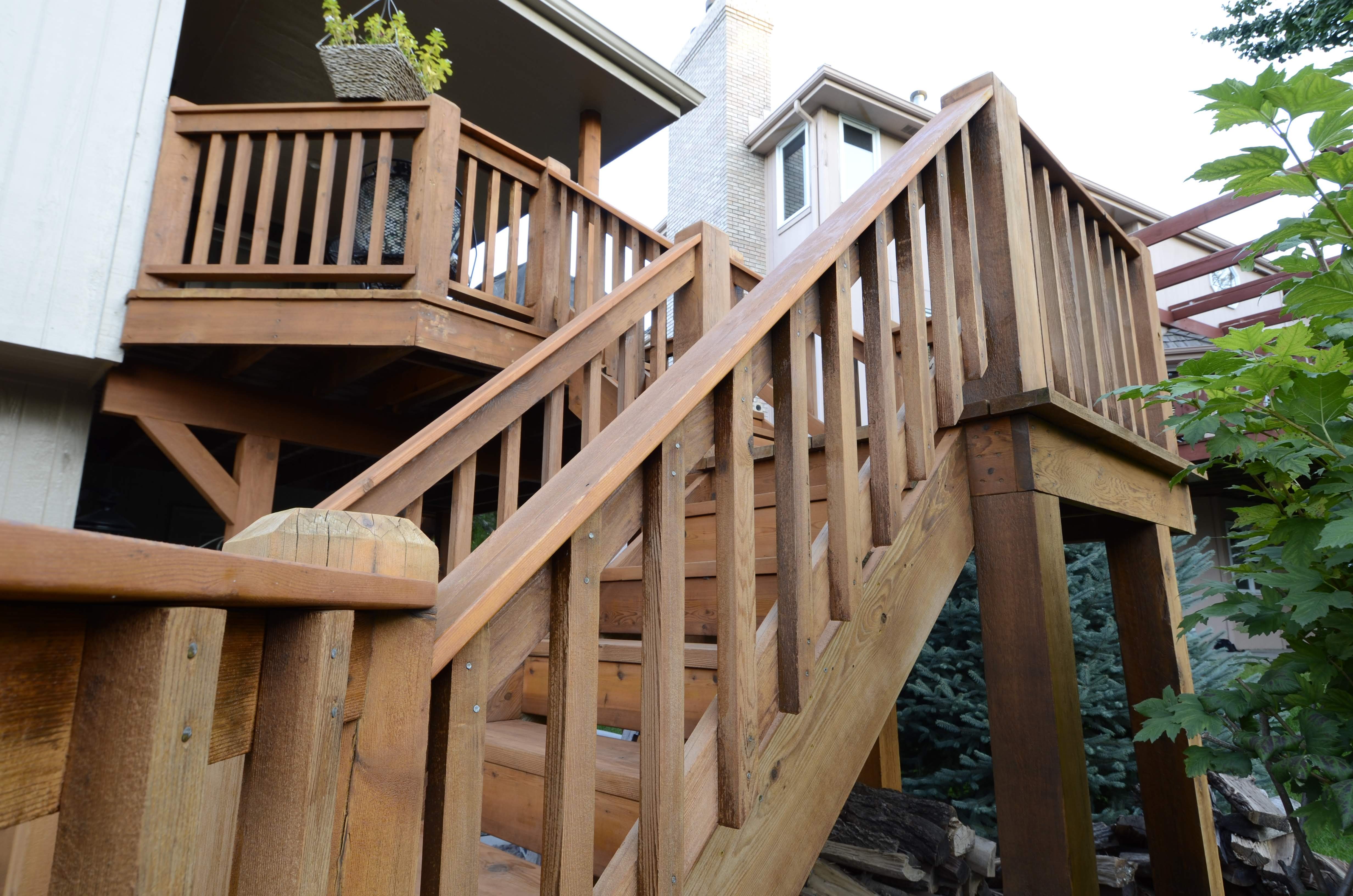
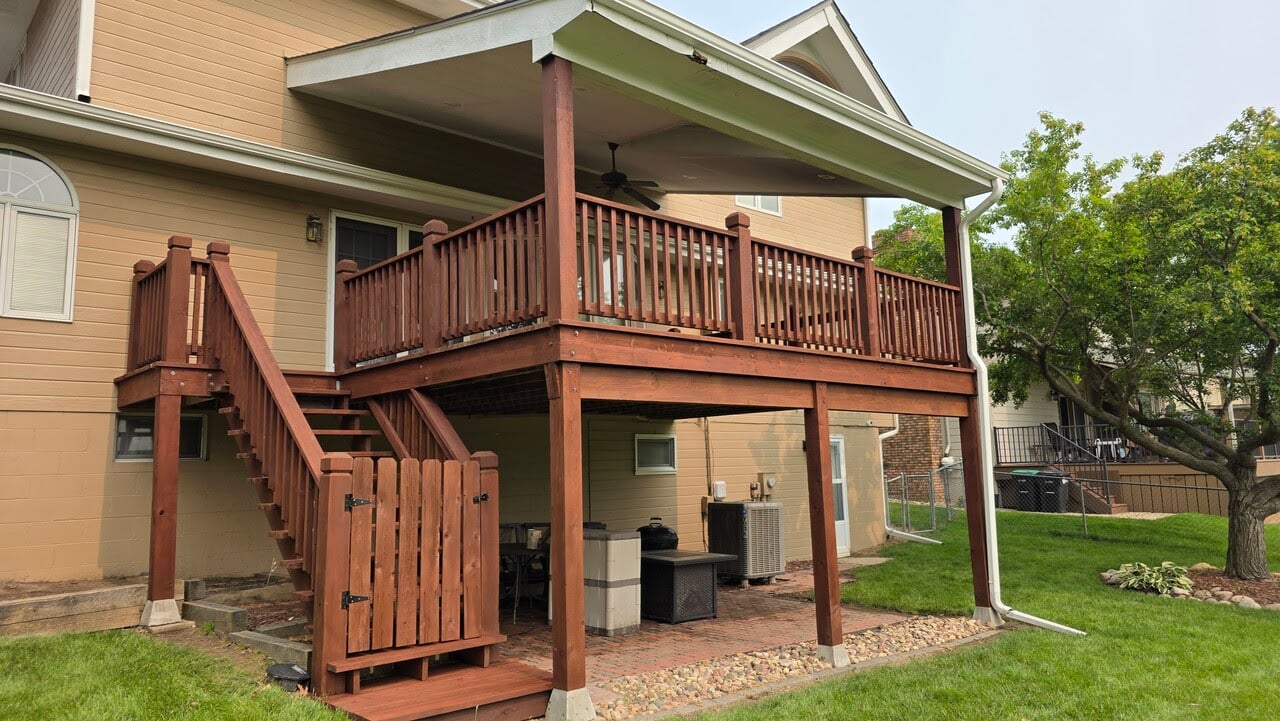
-Nov-06-2024-10-28-07-6666-PM.png?width=800&height=418&name=Blog%20Post%20Image%20Size%20(3)-Nov-06-2024-10-28-07-6666-PM.png)
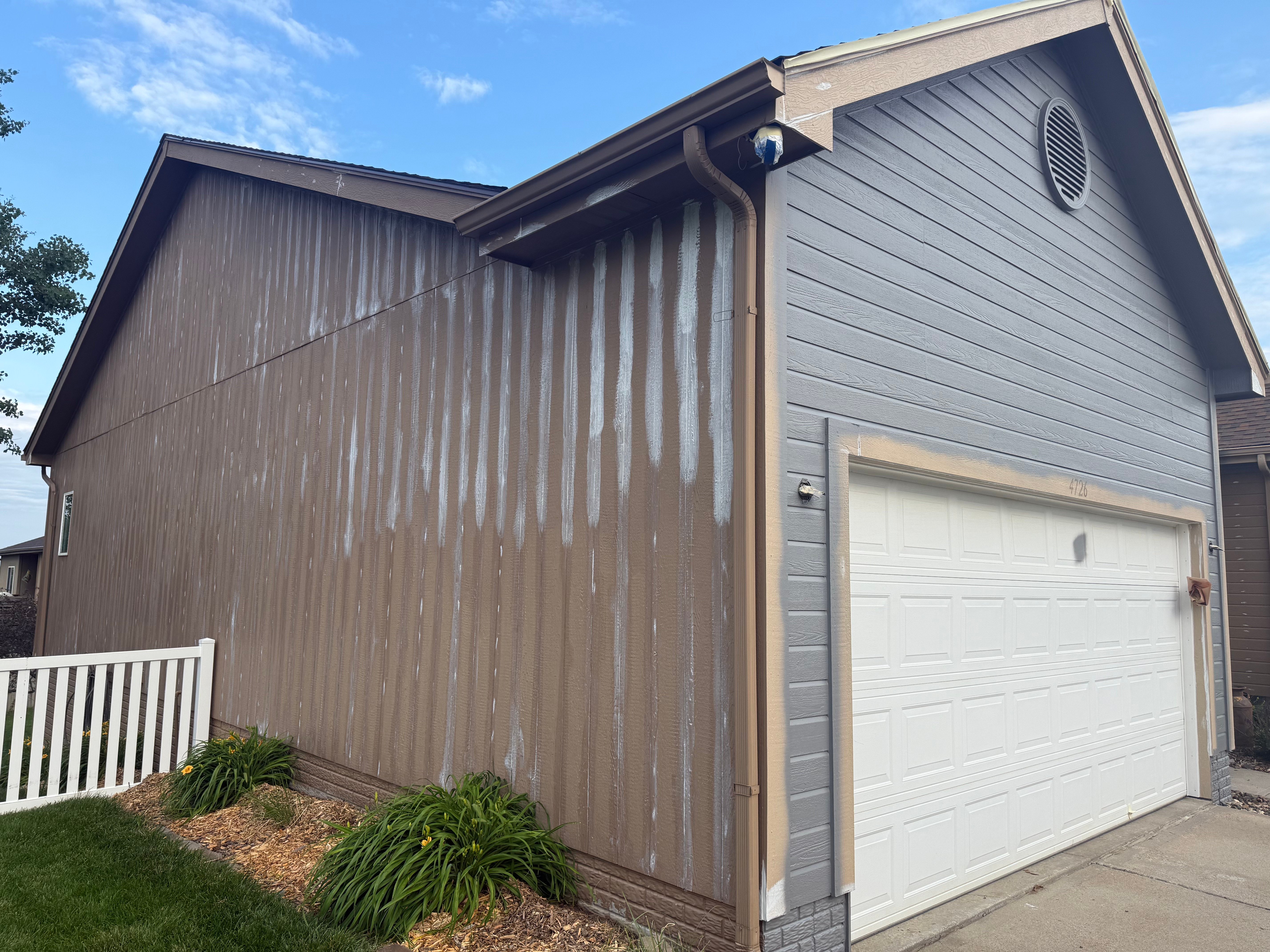
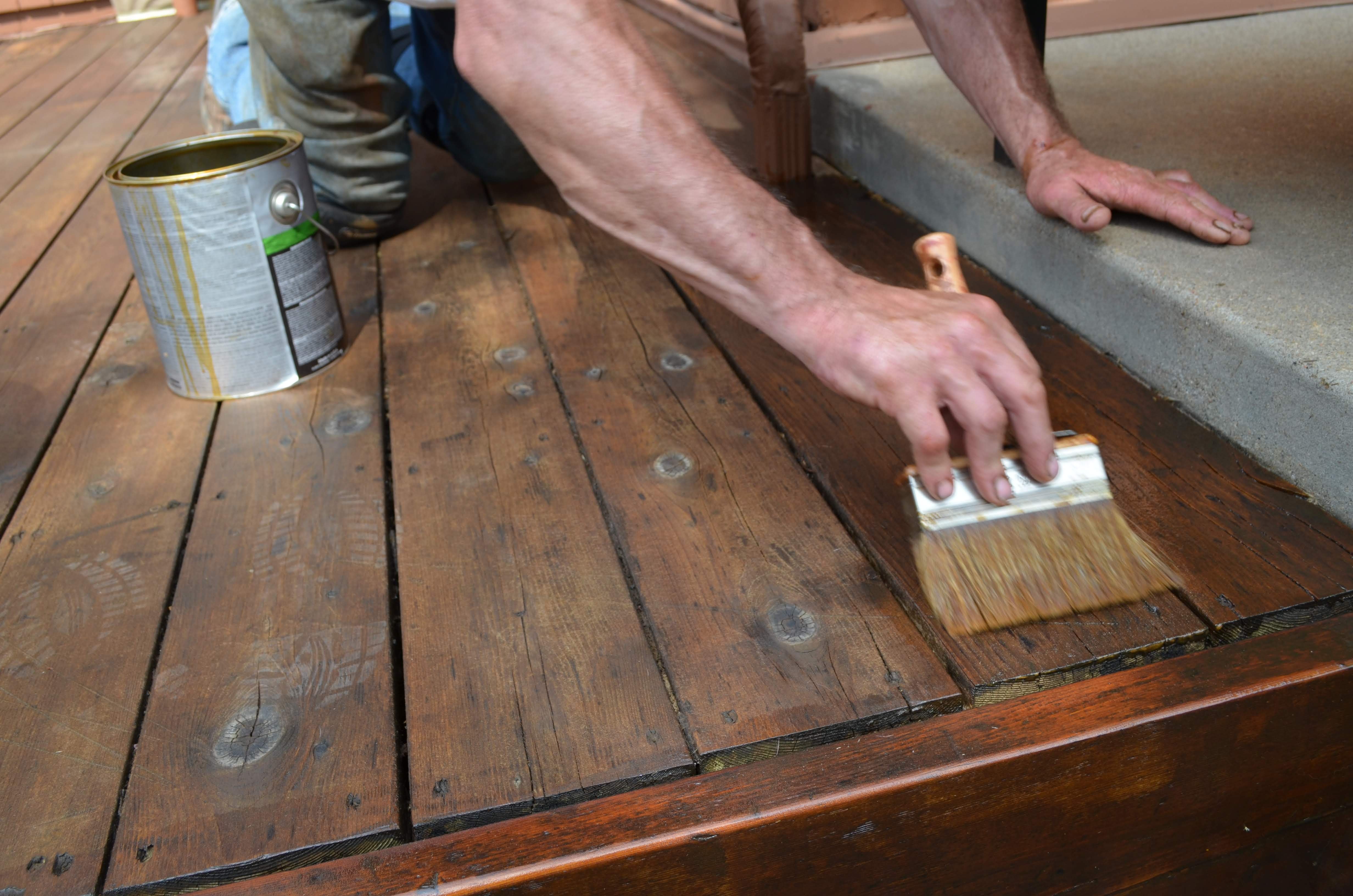
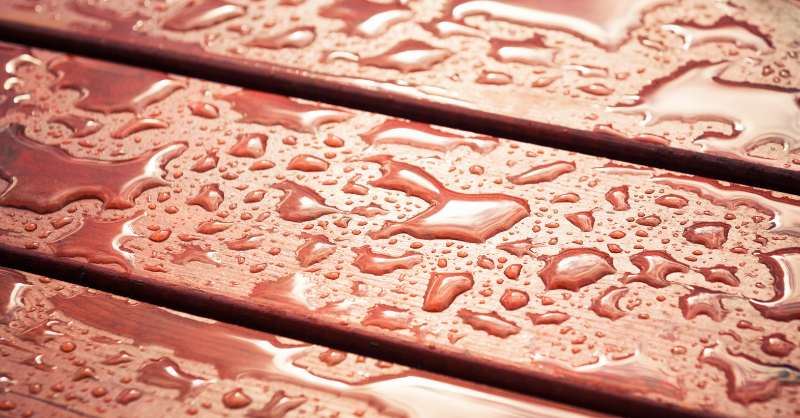
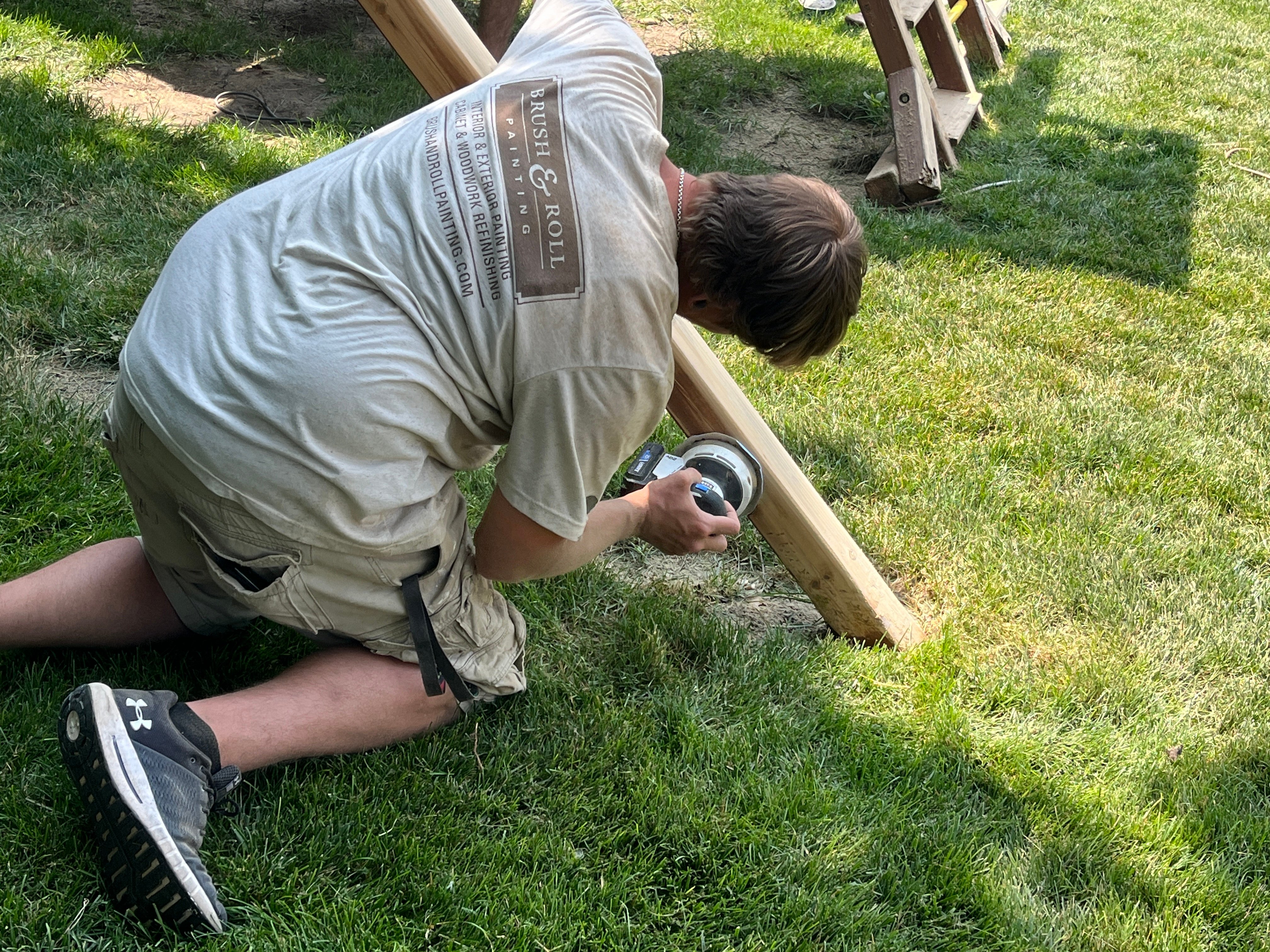
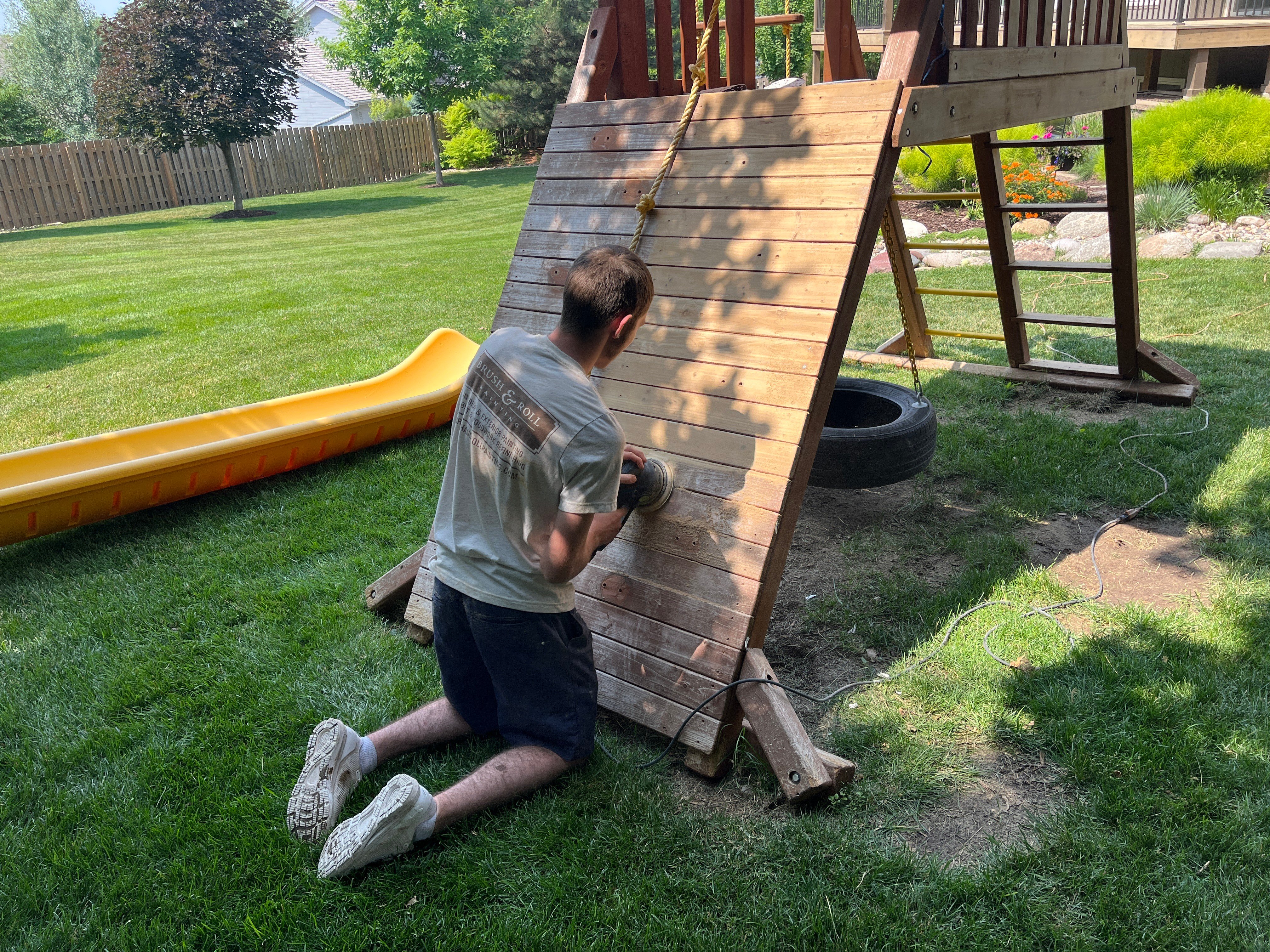
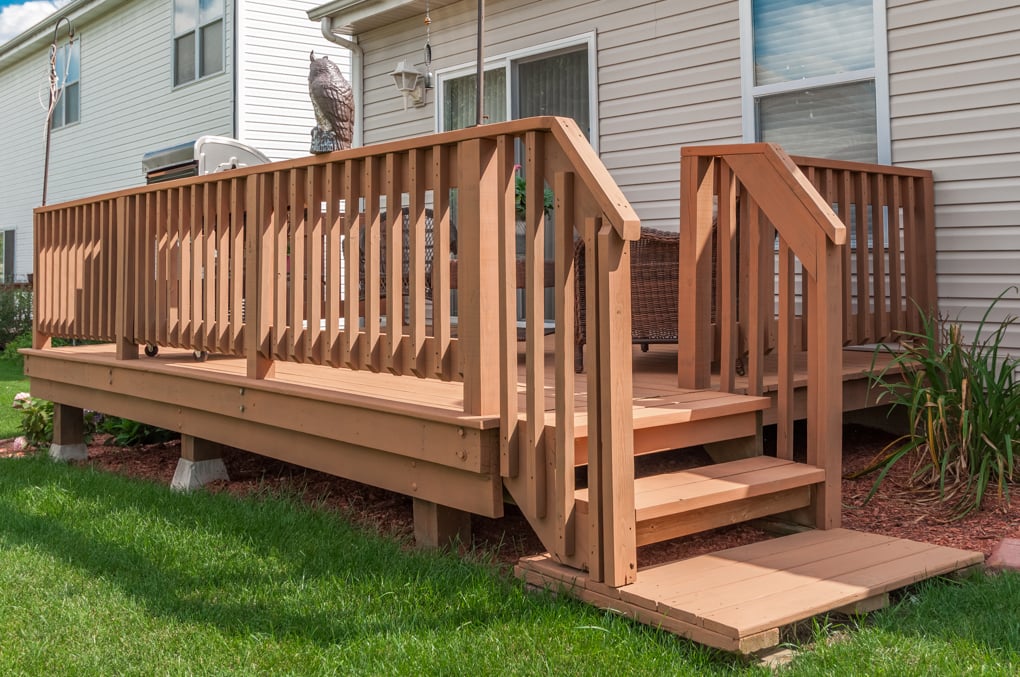
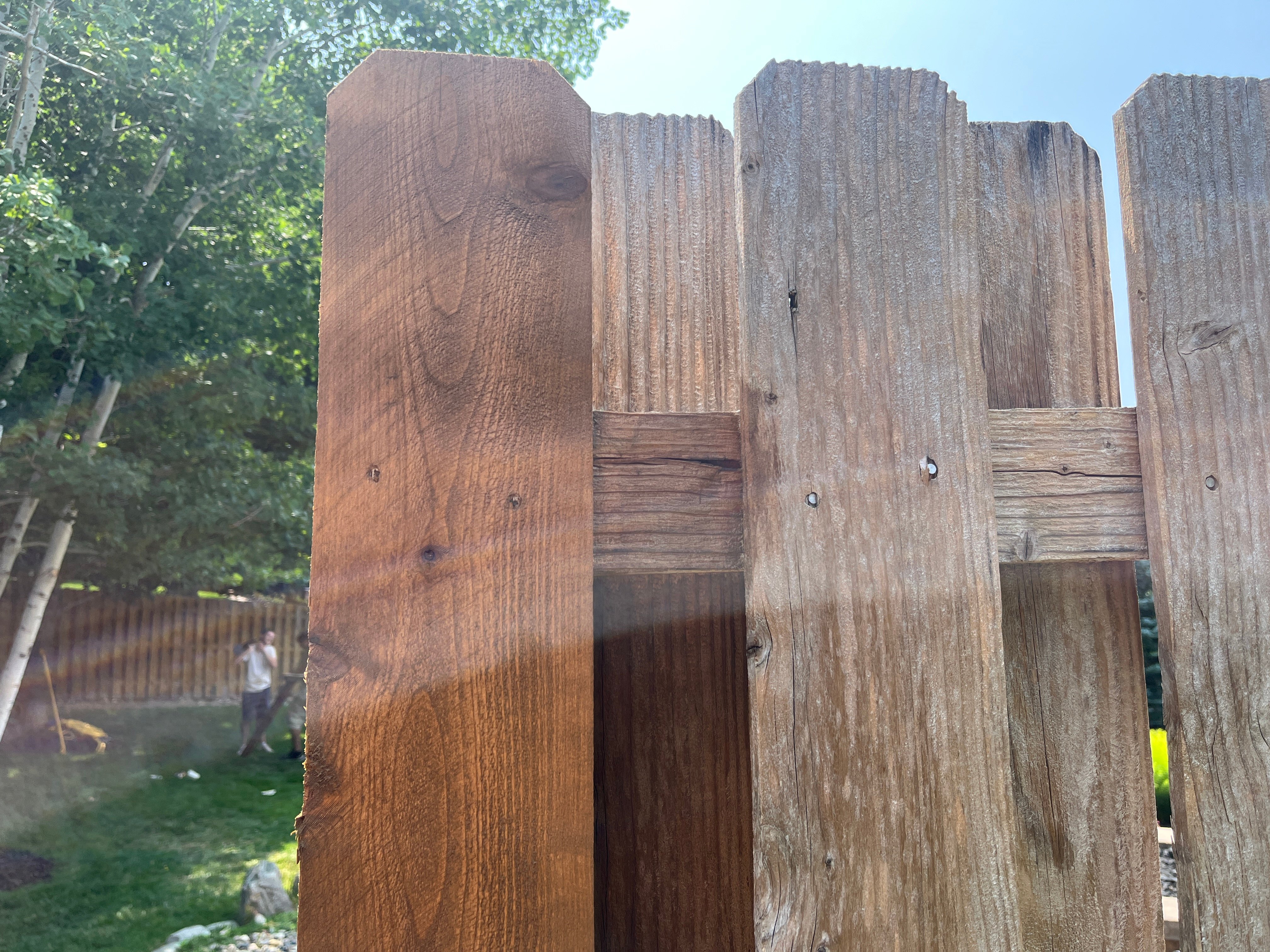
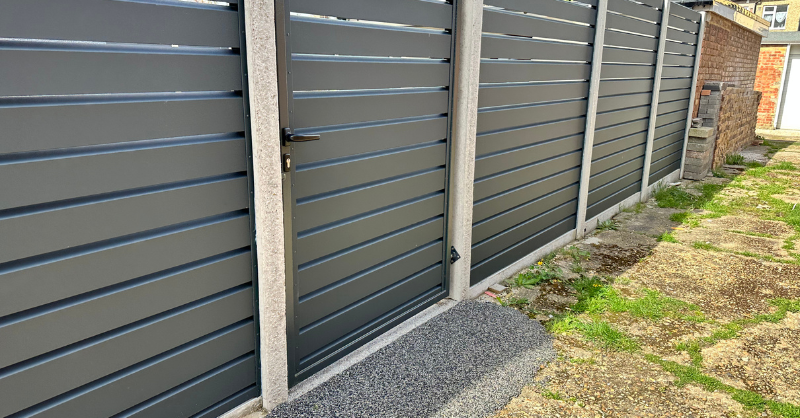
-May-09-2025-01-18-49-5418-PM.png?width=800&height=418&name=Blog%20Post%20Image%20Size%20(1)-May-09-2025-01-18-49-5418-PM.png)
-Apr-25-2025-01-50-55-6617-PM.png?width=800&height=418&name=Blog%20Post%20Image%20Size%20(1)-Apr-25-2025-01-50-55-6617-PM.png)
